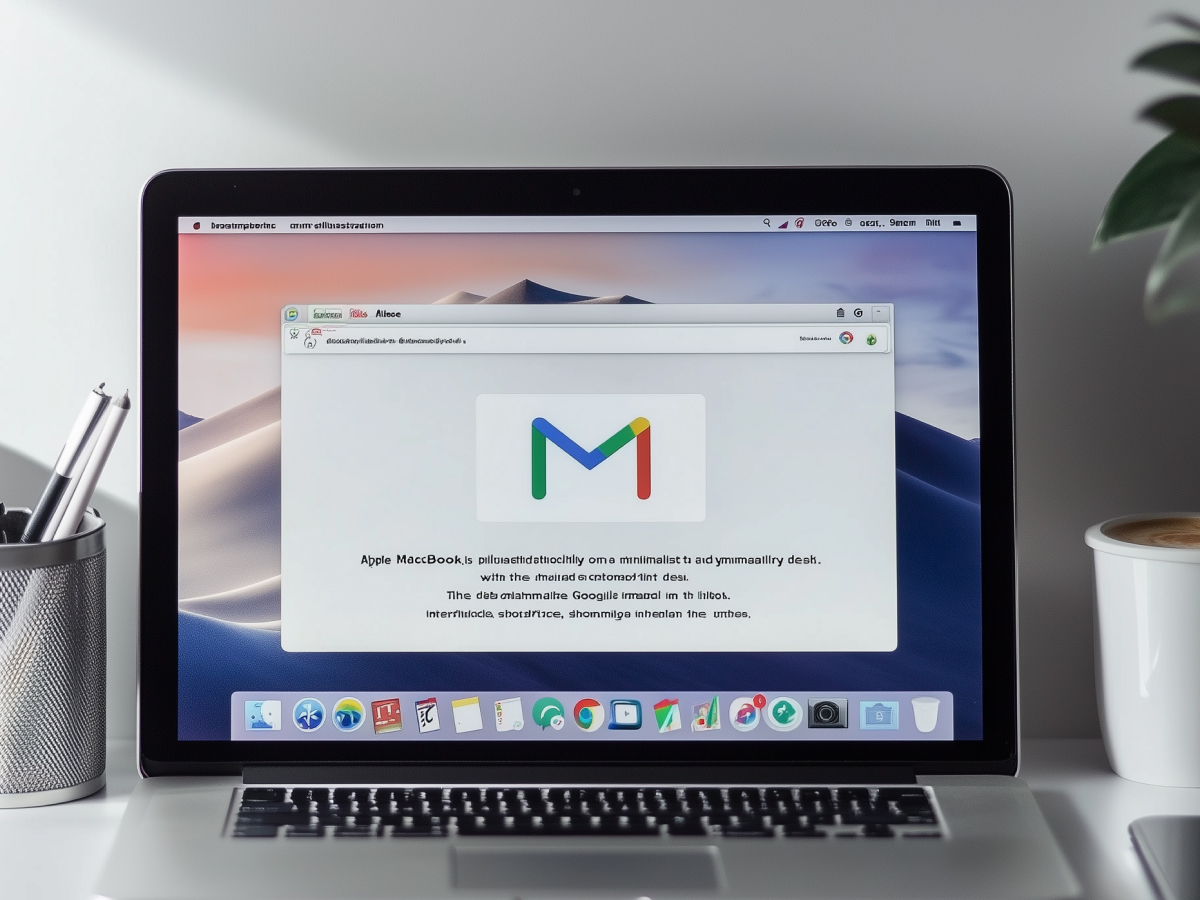Microsoft enforces enhanced email authentication standards
Microsoft is making that clearer starting May 5, with a new policy for domains that send more than 5,000 emails a day through Outlook.com. If your company uses hotmail.com, live.com, or any Microsoft consumer domain for outbound communication at scale, take note.
Here’s what’s changing. Microsoft will now require you to implement three standards for verifying email authenticity: SPF, DKIM, and DMARC. These ideas have been around for over a decade. What’s new is enforcement. If you don’t have all three properly configured, your emails will no longer land in the inbox. Instead, they’ll go directly to the junk folder. Later, the company plans to evolve the policy even further: noncompliant emails will be outright rejected. Still, they’re rolling it out in phases, and that gives everyone time to align.
Email remains one of the most exploited channels for fraud, phishing, and spoofing. These protocols prevent impersonation of your domain. Without them, you’re risking your own reputation—and worse, inviting bad actors to misuse your brand.
For executives, the takeaway is simple: if your systems aren’t authenticating at the domain level, you’re risking deliverability and being cut off entirely. You’ve got a short window to act. The math is simple: deploy SPF to specify trusted IPs, sign your messages with DKIM to verify message integrity, and use DMARC to tell mail servers what to do when something fails authentication.
According to Microsoft via a post on its Defender for Office 365 Blog, this policy kicks in May 5, 2025. It targets only high-volume senders for now, and only on its consumer platforms, but we can expect broader coverage in time.
Don’t wait for the mandatory deadline to adopt global standards. Email’s going to get smarter, and you’re either ahead of that curve or catching up while your messages disappear into spam.
Adoption of best practices for email hygiene and transparency
Getting past spam filters means respecting your audience. Microsoft is signaling that beyond technical compliance, message quality and sender behavior now carry more weight. Smart businesses won’t stop at basic authentication. They’ll take this shift as a chance to raise their entire communication standard.
Let’s keep it clear. Microsoft is recommending that high-volume email senders go beyond SPF, DKIM, and DMARC. Start by using legitimate, reply-capable email addresses in the “From” and “Reply-To” fields. Messages should connect with real people or functional mailboxes that respond. That means no deceptive or no-reply addresses if you’re expecting engagement.
Next, the unsubscribe link. If it’s hidden or not working, you’re inviting complaints and getting flagged. The link should be clearly visible, easy to follow, and functional. You want users who don’t want communication to have a clean exit. This reduces long-term friction and protects your sender reputation.
Equally important is list hygiene. If you’re still sending bulk emails to addresses that have bounced multiple times or haven’t engaged at all, you’re wasting time and credibility. Clean your lists. Remove invalid or inactive addresses. This helps you avoid penalties tied to too many bounced emails or spam complaints.
Finally, don’t manipulate your subject lines or headers. Use accurate headers so recipients know why they’re getting your emails, and make sure they’ve actually opted in. If your mailing practices don’t reflect user expectations, filters will catch you sooner than later.
For decision-makers, this is less about checklists and more about long-term signal integrity. Microsoft’s move is just one step in a larger trend: inboxes are becoming smarter. If you want consistent access to your customers’ attention, your outreach strategy needs to reflect real clarity, quality, and consent. The days of sending without accountability are closing fast.
Targeted rollout to microsoft’s consumer email platforms
Microsoft’s enforcement isn’t happening everywhere all at once, and that’s intentional. Right now, the focus is on Outlook.com and its related domains: hotmail.com and live.com. These changes apply to Microsoft’s consumer-facing email services, not its enterprise offerings through Microsoft 365.
For executive teams, this signals two things. First, Microsoft is using this initial rollout to minimize disruption while evaluating how enforcement impacts email ecosystems at scale. Second, it’s likely just the beginning. Once the system stabilizes and the adoption curve improves across large senders, broader enforcement across commercial and enterprise email platforms will be a logical next step.
Even if your organization doesn’t currently send large volumes of email to consumer Outlook addresses, there’s no upside to waiting. Implementing SPF, DKIM, DMARC, and the related email hygiene practices now puts your systems ahead of where the market is going. As major providers unify standards across consumer and business platforms, having a hardened outbound email infrastructure will be a requirement, not a differentiator.
Microsoft hasn’t published a date for this next phase yet. But the trajectory is visible. Consumer protections are being prioritized, and compliant email behavior, even among major brands, will be strictly enforced across the board once this approach proves effective at scale.
For leadership, this is a call to modernize digital communications now, before your access to key customer inboxes is filtered, flagged, or removed without warning. It’s operational insurance. Clean architecture today ensures uninterrupted reach tomorrow.
Key highlights
- Enhanced email authentication enforcement: Microsoft will begin enforcing SPF, DKIM, and DMARC protocols for Outlook.com senders exceeding 5,000 emails per day starting May 5, 2025. Leaders should prioritize prompt compliance to prevent deliverability issues and preserve domain credibility.
- Required email hygiene upgrades: Microsoft expects high-volume senders to adopt best practices such as reply-capable sender addresses, visible unsubscribe links, and active bounce management. Executives should oversee a thorough audit of outbound email systems to improve reputation and reduce spam risks.
- Initial rollout limited to consumer platforms: These changes currently apply only to Outlook.com, Hotmail, and Live.com, but broader enforcement is likely. Leaders should treat this as an early signal of industry-wide tightening and take proactive steps to align enterprise email practices accordingly.




